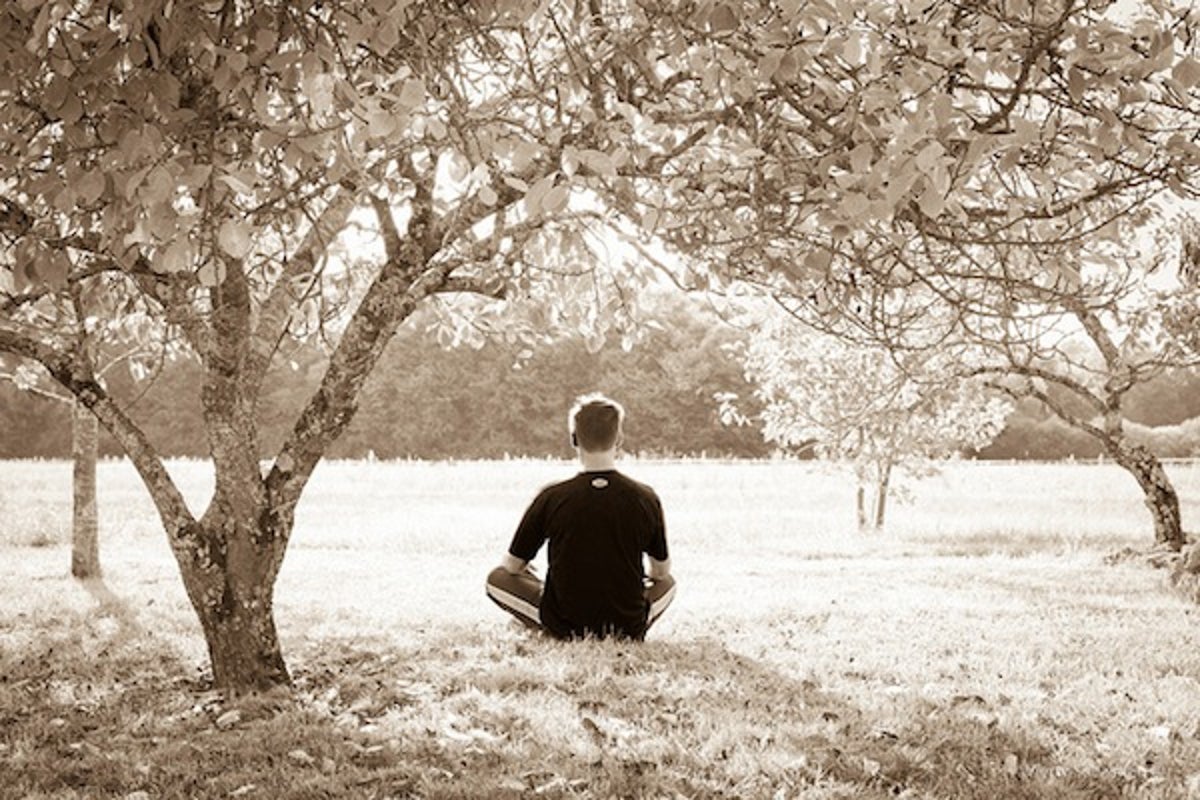Deleted member 6400
Kraken
- Joined
- Apr 14, 2020
- Posts
- 10,620
- Reputation
- 18,212

What Vulnerability Looks Like to Psychopaths, Monks and the Rest of Us
Surprisingly both psychopaths and meditative monks share two traits, an inordinate capacity to see usually hidden feelings, especially those that can make us feel most vulnerable, and an extraordinary capacity to remain calm even in the face of great stress, according to The Wisdom of...
 www.forbes.com
www.forbes.com
Ironically, both psychopaths and Tibetan monks detect deep emotions that are invisible to others. Psychopaths are much better at recognizing “those telltale signs in the gait of traumatized assault victims” notes The Wisdom of Psychopaths author, Kevin Dutton.
Tibetan monks, steeped in meditative practice, are also especially adept at reading feelings that are hidden from the rest of us, Paul Ekman discovered. Ekman, is the preeminent expert on lying and on the six universally expressed emotions in the face -- anger, sadness, happiness, fear, disgust and surprise. Scarily, psychopaths score especially high on the Hare Self-Report Scale of psychopathy in seeing those core expressions, especially the ones that make us most vulnerable, fear and sadness, according to Sabrina Demetrioff.uncaptioned
Another astounding finding was that, in lab tests, a Tibetan monk had no startle reflex reaction to “a gun being fired just centimeters away from the ear: the maximal threshold of human acoustical tolerance,” reports Dutton. Ekman, and his co-researchers, Robert Levenson and Richard Davidson, concluded, according to Dutton, that “practicing a relaxed state of mind” is conducive to “keeping a cool head at one time or another.”
Yet it appears that psychopaths don’t need that meditative practice to stay calm under pressure and or to be inordinately observant, especially of weaknesses in others.
Psychopaths feel little or none of the arousal reactions (heart beat, sweat, blood pressure, etc.) that others have when viewing “a series of horrific, nauseating and erotic images,” found Dutton. Like the monks, psychopaths have greater self-mastery of their emotions. Unlike the monks, however, they seem to be born with this capacity to not feel nor react.

What Does Mindfulness Meditation Do to Your Brain?
As you read this, wiggle your toes. Feel the way they push against your shoes, and the weight of your feet on the floor. Really think about what your feet feel like right now - their heaviness.
MRI scans show that after an eight-week course of mindfulness practice, the brain’s “fight or flight” center, the amygdala, appears to shrink. This primal region of the brain, associated with fear and emotion, is involved in the initiation of the body’s response to stress.
As the amygdala shrinks, the pre-frontal cortex – associated with higher order brain functions such as awareness, concentration and decision-making – becomes thicker.
The “functional connectivity” between these regions – i.e. how often they are activated together – also changes. The connection between the amygdala and the rest of the brain gets weaker, while the connections between areas associated with attention and concentration get stronger.

Increased dopamine tone during meditation-induced change of consciousness - PubMed
This is the first in vivo demonstration of an association between endogenous neurotransmitter release and conscious experience. Using 11C-raclopride PET we demonstrated increased endogenous dopamine release in the ventral striatum during Yoga Nidra meditation. Yoga Nidra is characterized by a...
Yoga Nidra boosts Dopamine Levels in the Brain by 65%

Life at Home
Whether you need organizing advice or want inspiration for holiday parties, we'll help you make your life at home happy and healthy.


